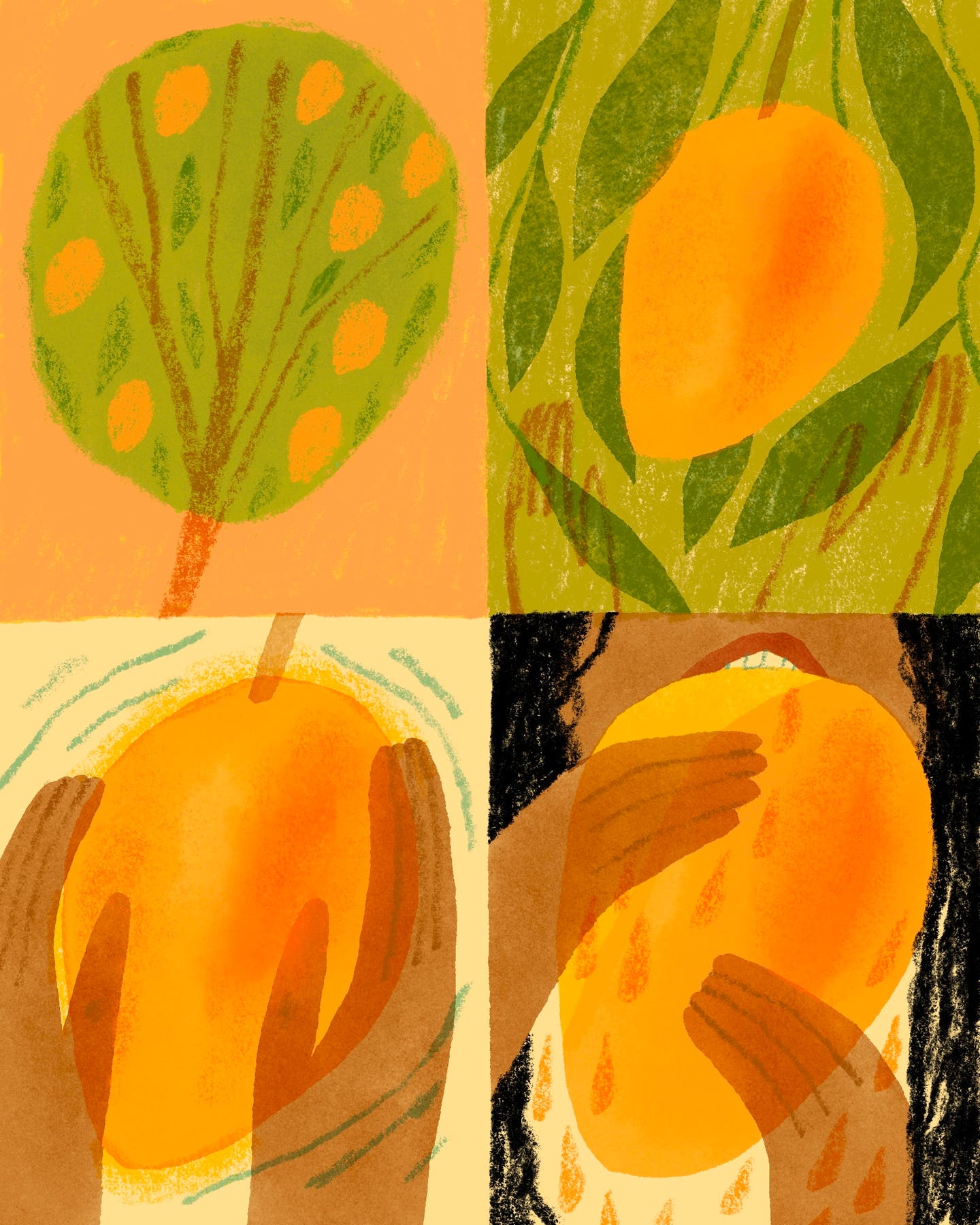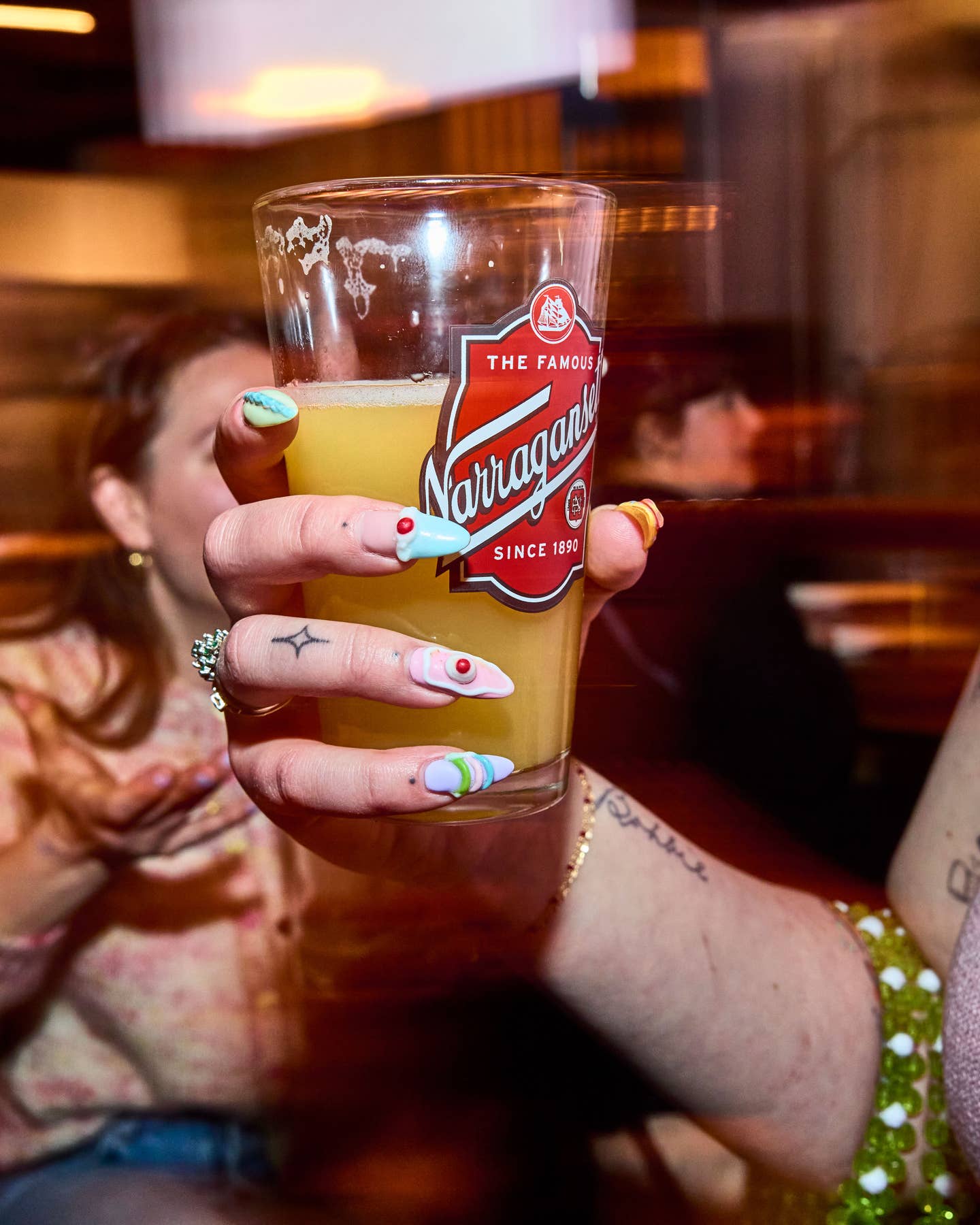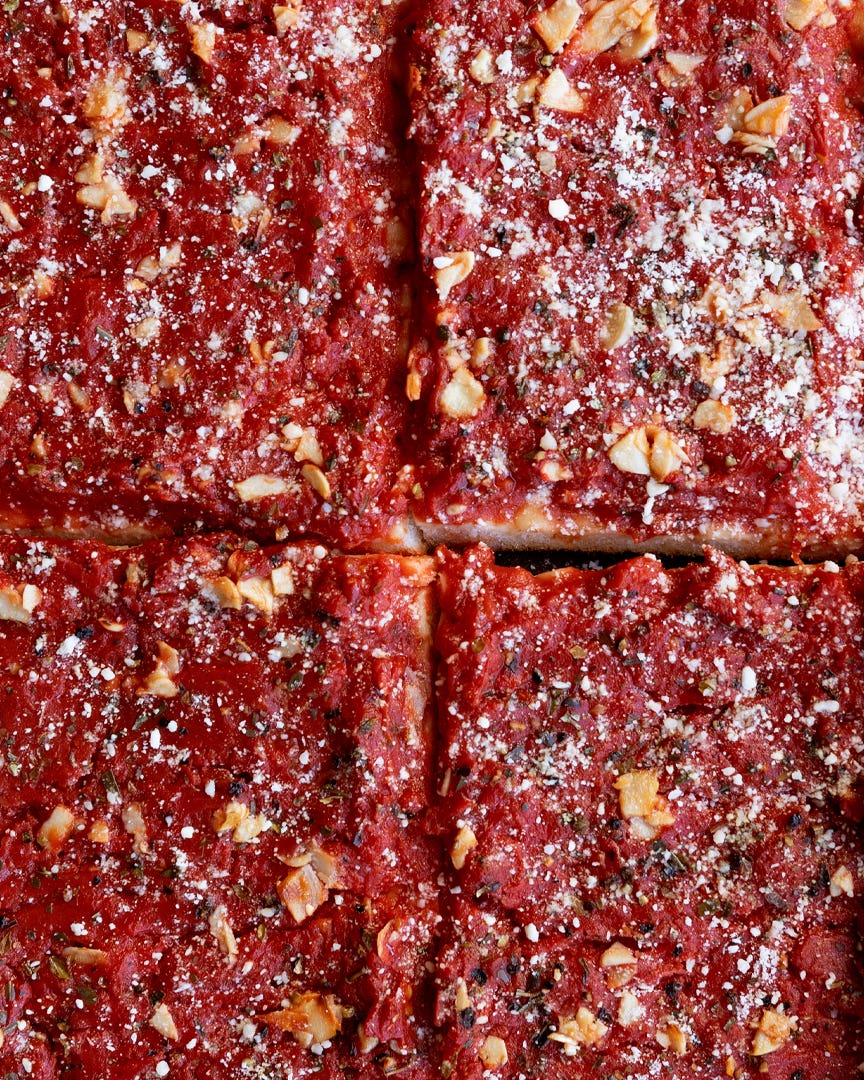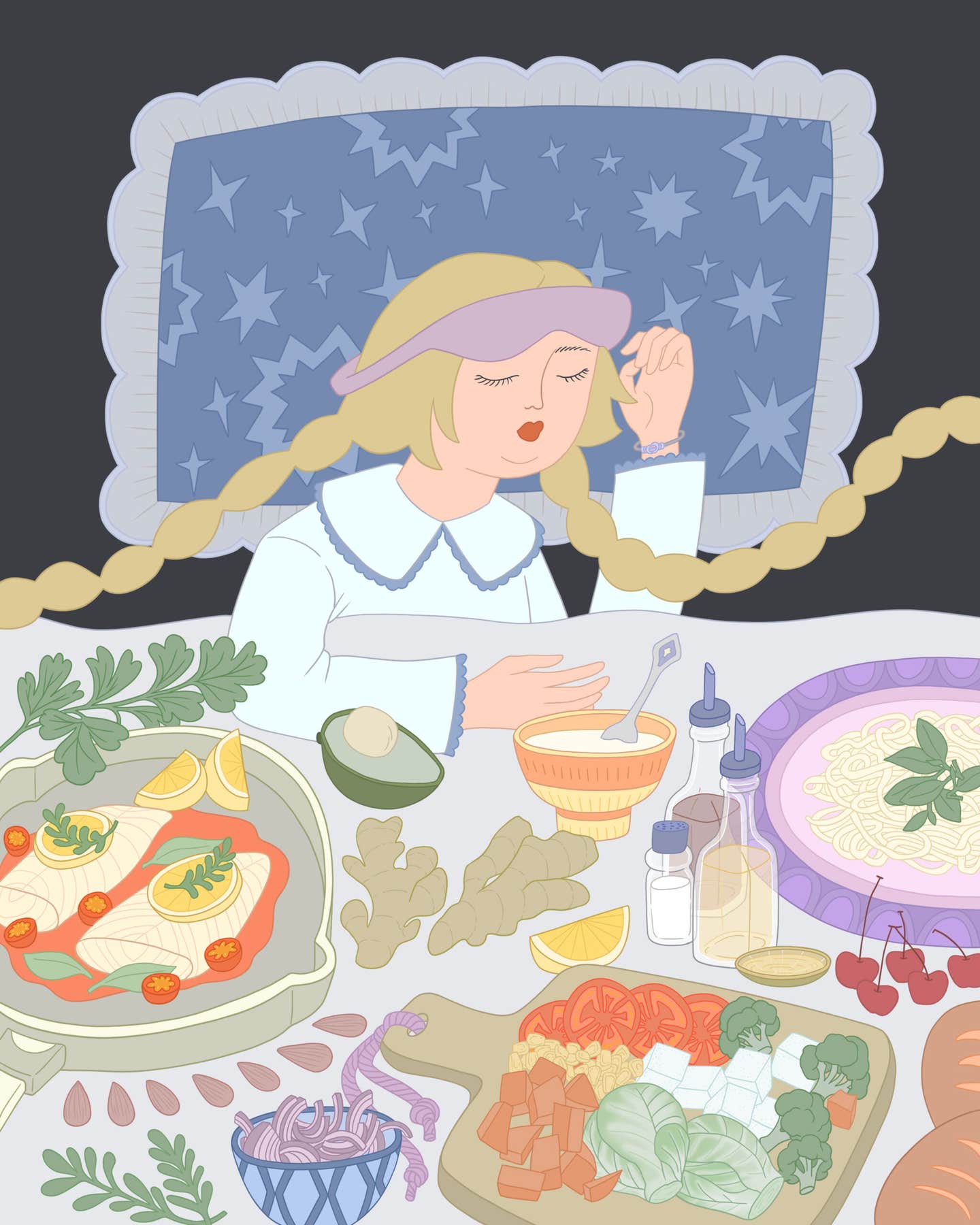Welcome to California, Where In-N-Out Is Breakfast, Lunch, and Dinner
For our culture editor, home is where the Animal-Style fries are.
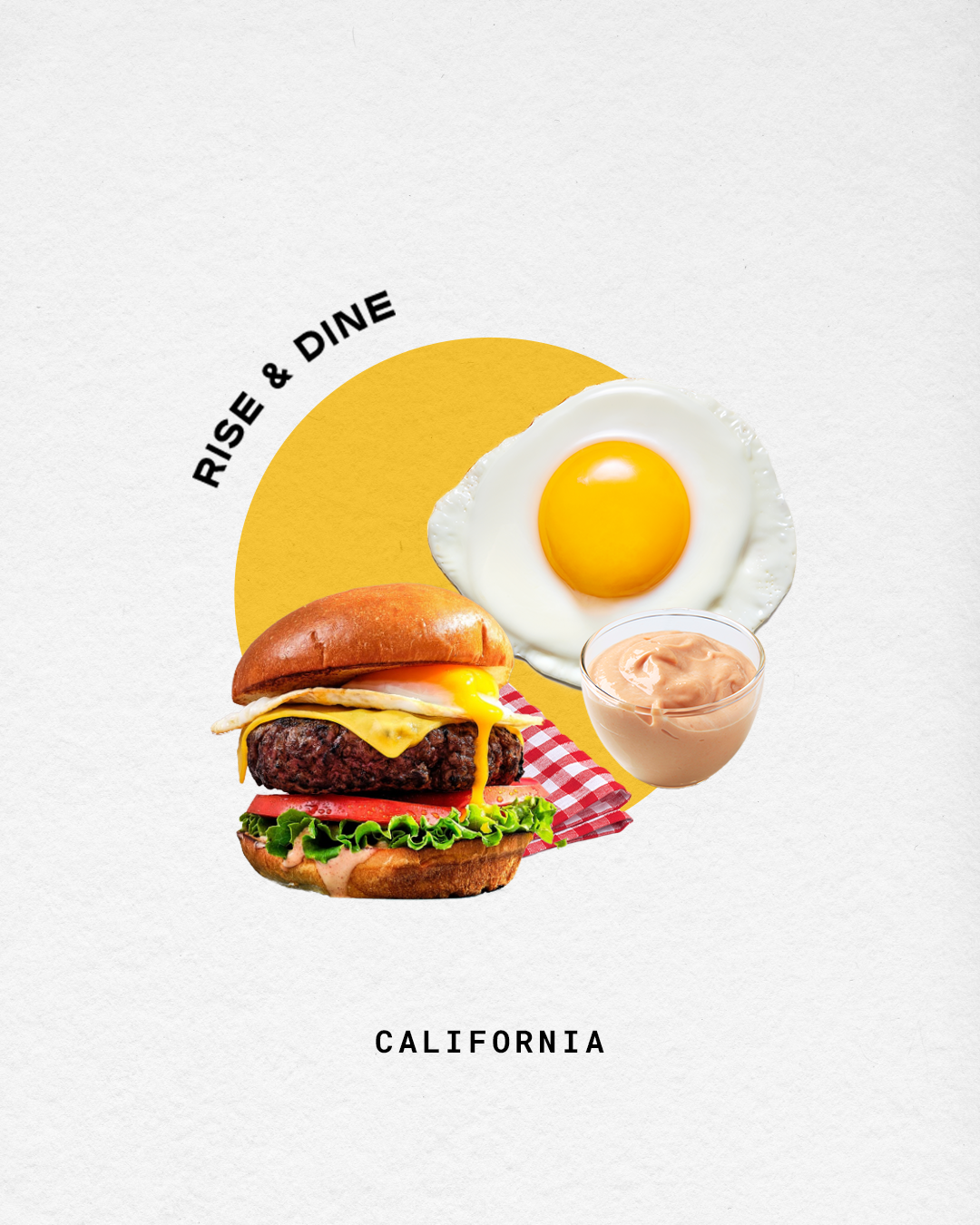
Rise & Dine is a SAVEUR column by Senior Editor Megan Zhang, an aspiring early riser who seeks to explore the culture of mornings and rituals of breakfast around the world.
On my first trip home from college, my dad picked me up at San Francisco International Airport. After we loaded my suitcases into the trunk, he asked what I wanted to eat. Even though it was barely past 10 in the morning, I blurted out the first thing that popped into my head: an In-N-Out burger.
I wasn’t totally sure why. There were lots of foods I hadn’t eaten in months, but this suggestion came like a reflex. Driving along the freeway, we scanned the horizon for the closest arrow-shaped logo. Though it wasn’t lunchtime yet, the drive-thru line already extended into the street. As our car inched forward, I didn’t bother glancing at the short menu. I knew what I wanted: a Double-Double burger (which includes two patties and two slices of cheese) and Animal-Style fries (a widely known “secret menu” item heaped with melted cheese, grilled onions, and “The Spread,” a rich, tangy condiment many find reminiscent of Thousand Island dressing). I should have known then, as I tucked into that familiar meal, that In-N-Out somehow represented home for me, but it took some more years to realize how strong the symbol was.
Unlike many other fast food chains, In-N-Out has resisted rapid expansion since its first location opened in the Los Angeles suburb of Baldwin Park in 1948. Today, the iconic emporium remains family-owned, has never offered franchises, and only operates in a handful of states outside California, including Nevada, Oregon, Colorado, and Texas. (According to the company, that’s largely because every store must be located near one of In-N-Out’s distribution centers, to ensure freshness.) And yet, the chain has achieved legendary status globally, which it fuels with regular pop-ups in international cities from Shanghai to Melbourne to, most recently, Langley, British Columbia. Rumors of a new location near a mega shopping district, or even a social media post of Dwayne Johnson trying it for the first time, are all it takes to get In-N-Out die-hards buzzing. Even greats like Anthony Bourdain and Julia Child famously counted themselves fans. Still, the majority of In-N-Out’s approximately 380 locations remain in California, so barring a visit to the West Coast, most of the world can only taste the chain’s iconic burgers vicariously.
As a teenager, I took them for granted. Living near multiple locations of the eatery meant its burgers and fries were simply part of the backdrop. Need somewhere to hang out after the homecoming game? In-N-Out stayed open past midnight. Tired and hungry after ensemble rehearsal? A burger was the default. Want to feel like a million bucks walking around campus? A white paper cup lined with red palm trees in hand signified one was cool enough to drive off campus for lunch, or to have friends who did. Just a few dollars bought a hot, smoky patty cradling melty American cheese that oozed onto a buttery bun, in perfect contrast to the crunchy iceberg lettuce and juicy tomato. And whether one ordered a simple hamburger or ventured off-menu to the “protein-style” (swapping the bun for lettuce) or “Animal Style” options, it wouldn’t be In-N-Out without a smear of its spread tying each bite together.
After moving to New York City for college, I found myself hundreds of miles from the closest In-N-Out. During sophomore year, I lived a short stroll away from Madison Square, where the first location of Shake Shack, another equally beloved burger chain, regularly attracted long lines that snaked around the park. My dorm mates and I braved the wait one afternoon, our hunger and expectations mounting as we stood for an hour and a half to place our orders. When I finally bit into that much-anticipated cheeseburger, it was tasty, sure, but I couldn’t help comparing it in my head to what I’d grown up eating. It’s not that I’m a burger snob; by then, I was into my second year of living away from California, and as homesickness crept in on a more regular basis, so did my urge to hold onto things from home.
Part of why In-N-Out is so intertwined with California in my mind is the powerful branding. The geographical insularity of the chain has certainly helped it become the stuff of California folklore, as archetypal of the Golden State as green winters and saying “hella” a lot. Flourishes like the secret menu, however unsecretive as it may be, bolster that feeling of exclusivity—there’s a small childish thrill in feeling like one has access to a confidential club. Even the furnishings are tied to the company’s home state: the immediately recognizable red palm tree patterns adorning each building (a motif that extends to real-life criss-crossed trees standing outside most restaurants) paint a beachy image that is cartoonishly, unapologetically, coastal. There’s an element of classic Americana to the aesthetic, reminiscent of a retro diner, complete with the chain’s signature “Quality You Can Taste” slogan beaming in neon from the walls.
Branding or not, distance makes the heart grow hungrier. Throughout college, when friends from high school and I happened to visit California at the same time, we continued to meet up at our same old haunt. Though we hadn’t been particularly vocal about our fondness for the chain back in high school, now our conversations about internships and college classes were inevitably peppered with interjections about how we wished there were locations in our respective college towns. A realization was cementing in our hearts and stomachs: there was no In-N-Out without home, and there was no home without In-N-Out. And no matter how different the Bay Area around us looked every time we returned, the burgers always tasted the same.
As holds true for many, it took leaving the place I grew up to realize which foods I associated most deeply with it. (I even developed and obsessively tested an In-N-Out-inspired recipe, so that all West Coasters, current and aspiring, can recreate some of those California vibes no matter where they are.) Since that first visit home years ago, I always stop by the chain whenever I’m back in California, occasions which have become increasingly sporadic as I’ve gotten older and life has gotten busier. With each visit, I’m a slightly changed, more mature version of myself—but every time, unwrapping that burger is like opening a portal to the past. The night my mom brought me a late-night pick-me-up because I was cramming for the AP U.S. History exam. The time I split fries with a boy I liked as he played me his favorite Death Cab for Cutie album. The day I pondered out loud to a friend over a burger that maybe I’d like to be a writer someday, while he made fun of me for ordering not soda but milk (I swear it’s the perfect pairing for a burger). Mundane details from an ordinary existence. But, anchored by a common denominator, they’ve crystallized into long-term memory, snapshots from the past that sharpen into view at the scent of a perfectly seared patty. It’s as if a piece of my adolescence resides within those red-and-white walls, youthful naivete frozen in time under too-bright fluorescent lighting.
I’ve moved around to several cities since graduating college, and today, the concept of home feels vague and fleeting. If some place preserves a bit of my childhood, back when home was a simple and singular notion, I guess it’s unsurprising that it continues to be my first stop after arriving once again at San Francisco International Airport—be it time for dinner or breakfast.
Recipe
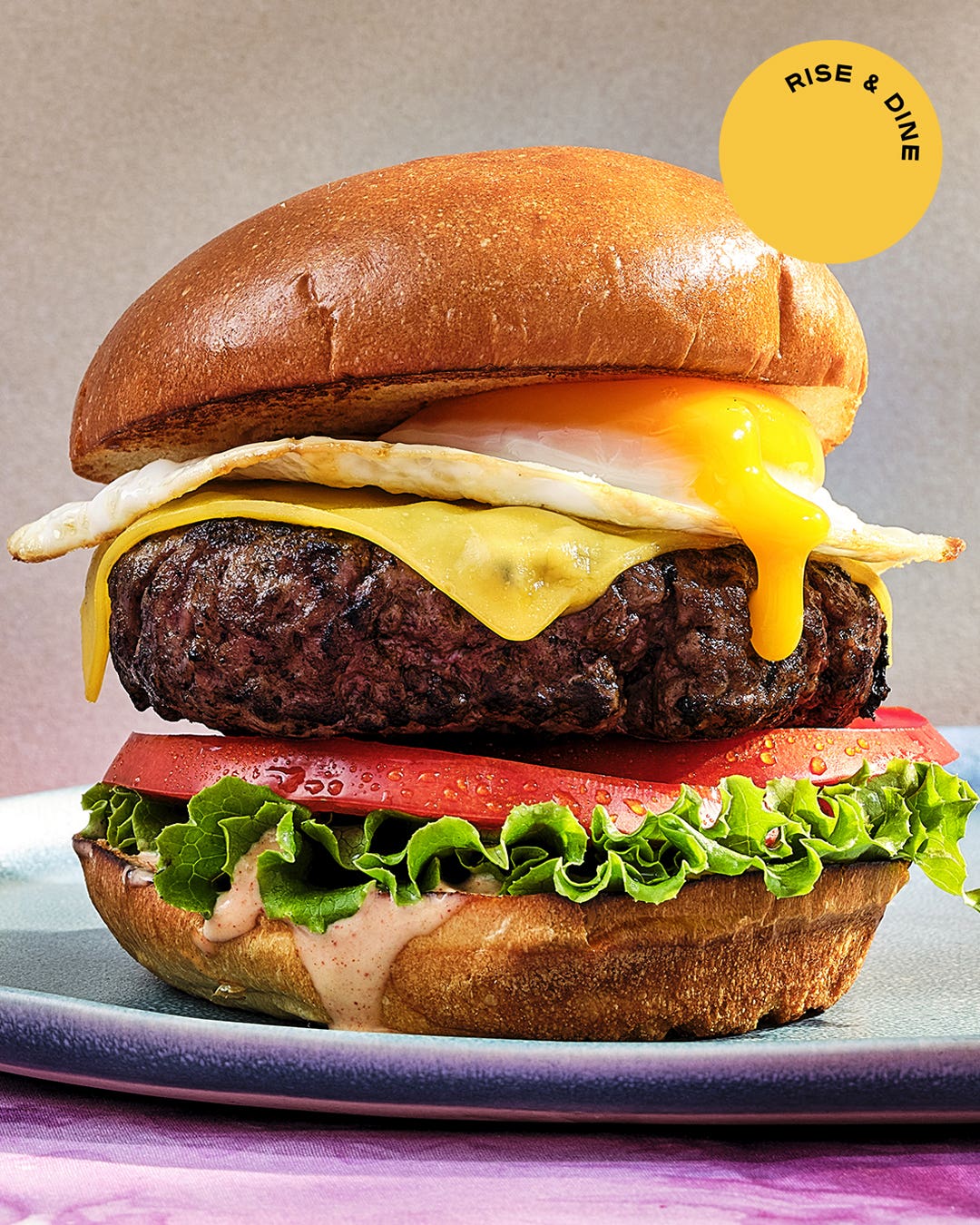
Keep Reading
Continue to Next Story
